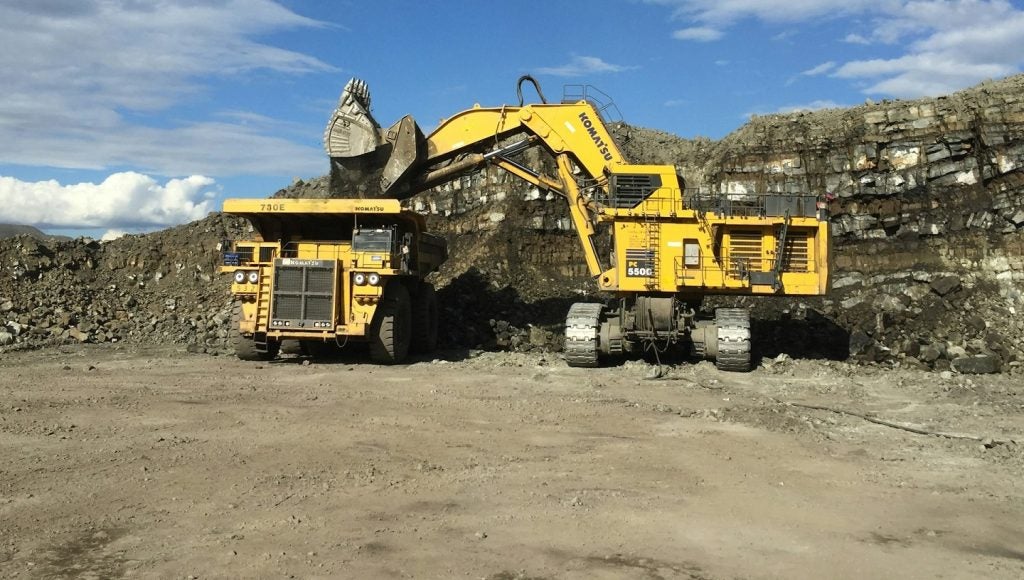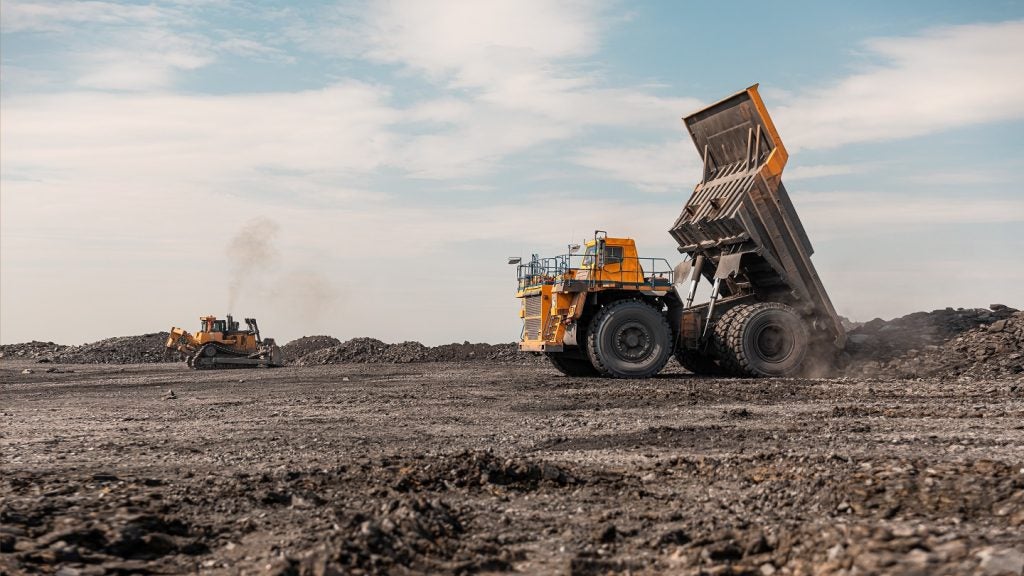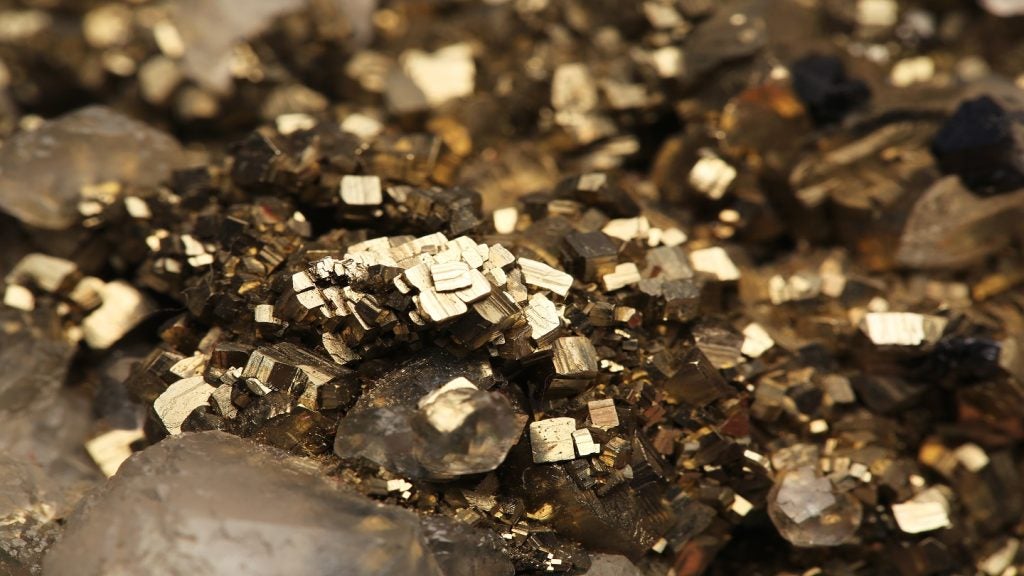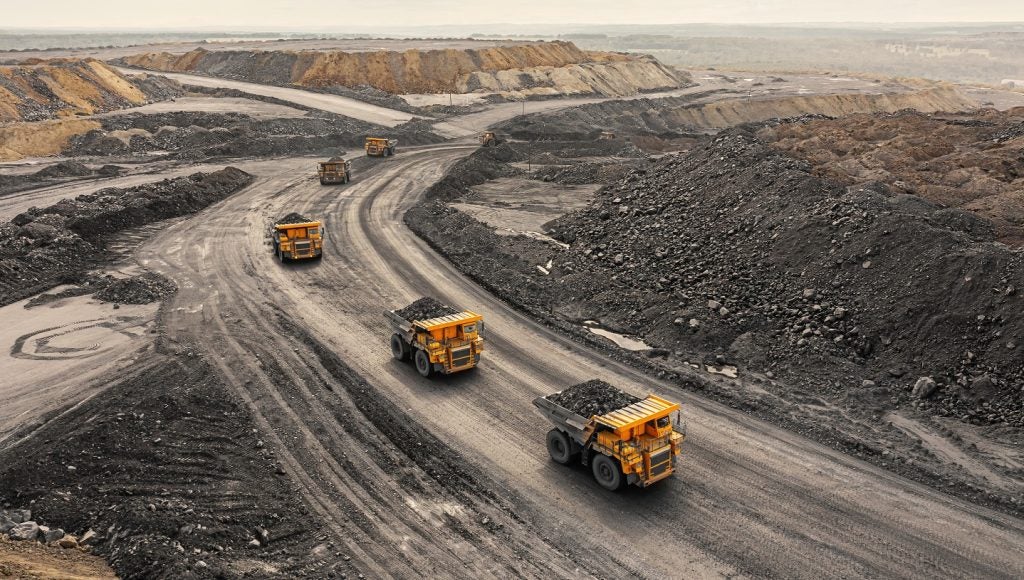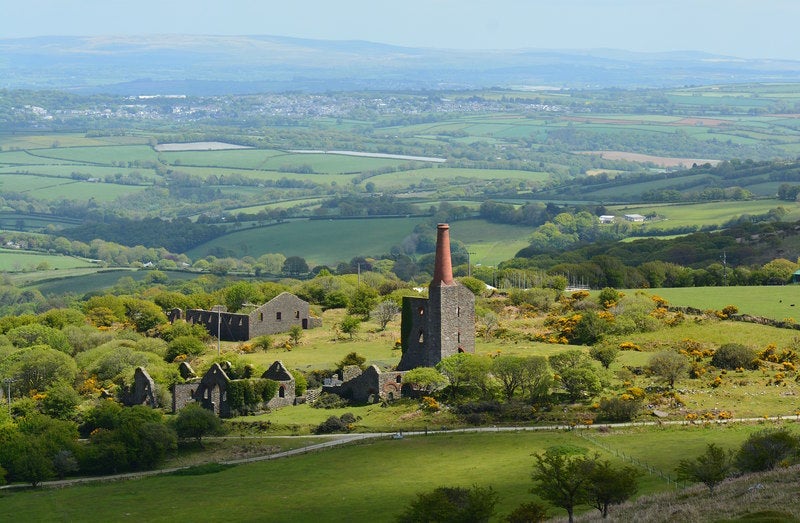
Tin mining was a feature of life in Cornwall from the Bronze Age to the 1990s. This has visibly changed the scenery dramatically, and Cornwall and West Devon’s mining landscape was made a UNESCO World Heritage Site in 2006.
Like the rest of the UK’s mining industry it has suffered greatly over the last few decades, and died off. Whilst the northern and Welsh mining towns have deteriorated due to the economic depression the collapse of the coal mining industry caused, tin mining has left a different kind of poisonous legacy in the rivers of Cornwall and Devon. Toxic metals such as zinc and cadmium were allowed to enter the water stream freely after the decline of tin mining.
The end of tin mining in the area worsened with the complete abandonment of the sites by their owners, who were largely free to do this without proper repercussion until then end of 1999. When the mines were operational, the mine water was drained and pumped away from the surface water. Once the mines were abandoned, they flooded and the toxic water was allowed to infect the waterways.
Technically, mine owners could be found guilty of causing this pollution but it has often been too difficult to prove that the abandonment of a mine caused the pollution.
Since the turn of the millennium, successive UK governments through the Water and Abandoned Metal Mines programme (WAMM) have funded the Environment Agency and the Coal Authority, enabling it to clean up the polluted rivers in the UK.
How well do you really know your competitors?
Access the most comprehensive Company Profiles on the market, powered by GlobalData. Save hours of research. Gain competitive edge.

Thank you!
Your download email will arrive shortly
Not ready to buy yet? Download a free sample
We are confident about the unique quality of our Company Profiles. However, we want you to make the most beneficial decision for your business, so we offer a free sample that you can download by submitting the below form
By GlobalDataIn order to coordinate the government’s response on the 1500km of polluted rivers throughout the UK, WAMM has separated the UK into the regions that were the most affected by metal contamination, from the Northumbria river basin through to the Humber river basin, and finally to the South West and Cornwall.
It has been estimated that up to 5% of Southwest England’s water bodies, about 450km of water, is affected by pollution, with the major culprits being the rivers Teign, Seaton and Fal. In 2015 it was estimated that of the 697 bodies of water in the region, 115 were in a bad or poor ecological condition while the vast majority were only in a moderate condition, and 162 were in a good or high level.
Cleansing the waters
A pilot scheme has been organised by the Environment Agency, the Coal Authority and the Department for Environment, Food and Rural Affairs (DEFRA) on a 14km stretch of the River Fal. The three departments had previously worked together on a £4.5m scheme funded by DEFRA to clear abandoned mines of metal pollution in 2015-16.
The River Fal has been polluted by the Dowgas mines, including the Great Dowgas Mine which was abandoned way back in 1913. The scheme has a particular focus on the Coombe outfall, which is supposed to be the drain for the mine but has since become the main source of pollution due to the rising levels of the water in the mine.
The scheme will cover “about the size of the penalty area of a football pitch,” according to the Environmental Agency.
“It’s what we call a passive system so no chemicals are used and is designed to fit in with the natural landscape and there will be no smell and no noise apart from construction.”
Unfortunately this project is currently in the planning permission stage so the Coal Authority was unable to discuss the project at this moment. A spokesperson did tell Cornwall Live in June: “Our objective is to clean up pollution where benefits exceed the costs and funds are available. Improving water quality has many benefits, including safeguarding jobs which rely on good quality water environments and making natural habitats better for wildlife.
“Our priority for metal mines is to prevent new pollution from both abandoned mines and newly opened mines where possible.”
The wider picture
The Environment Agency has made a series of predictions about the state of the Southwest’s rivers to 2021, based on its 2015 analysis. By 2021, the agency predicts that the number of ecologically ‘bad’ water bodies in the region will fall from 21 to 16, whilst ‘poor’ bodies should also fall from 94 to 71 and water bodies in the good or better categories should rise from 162 to 206.
These efforts should have a wider effect upon the people and environment in Cornwall and Devon. “Dealing with pollution from mine waters will substantially improve water quality and help wildlife, including fish, insects and other aquatic life,” claimed the South West river basin management plan.
“Cleaning up pollution from minewater has other benefits for example, treatment using wetland reed birds significantly enhances biodiversity and provides a rich habitat for birds.”
Mining in Cornwall has virtually disappeared, but its dual legacy of heritage and toxicity lives on.




